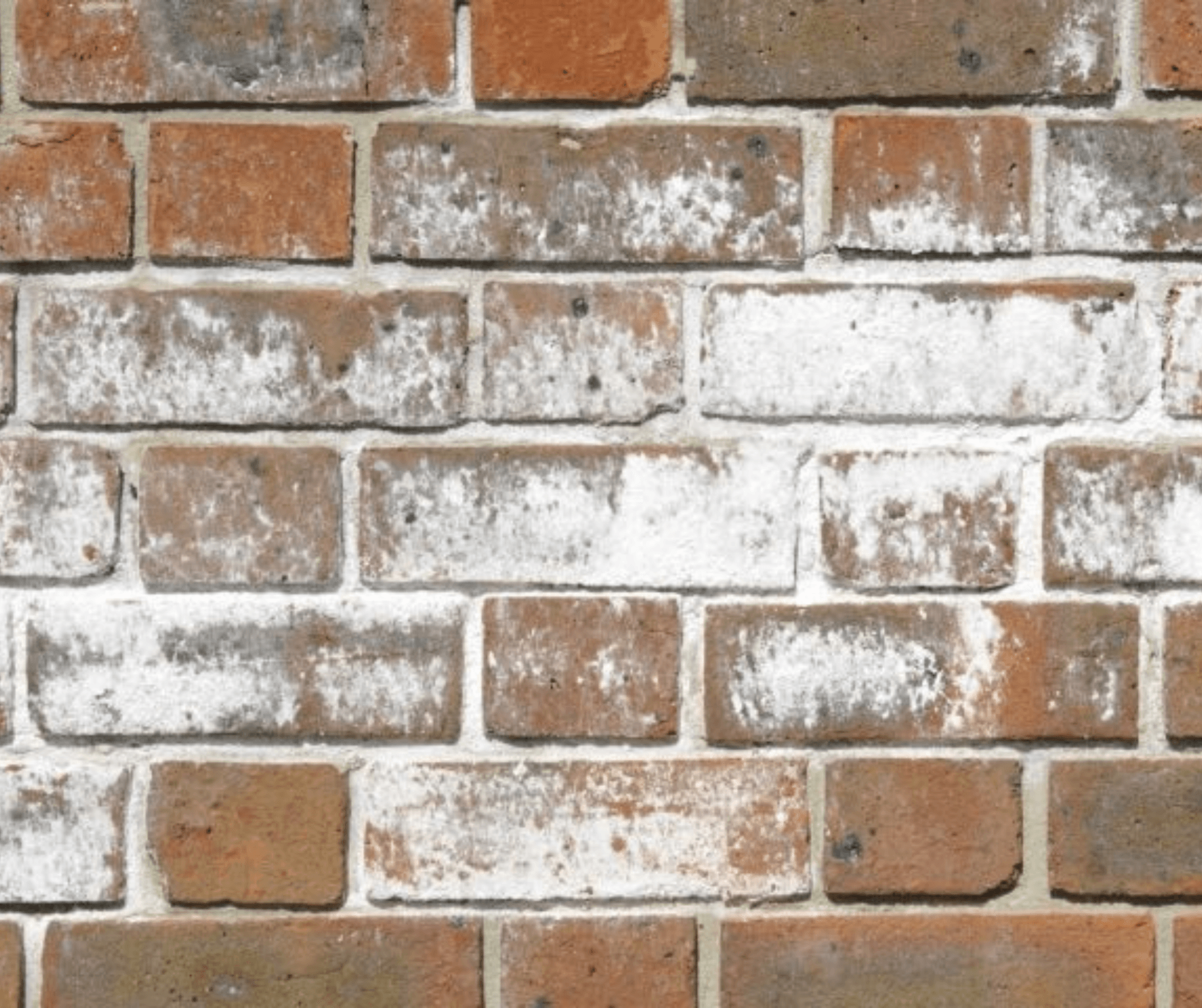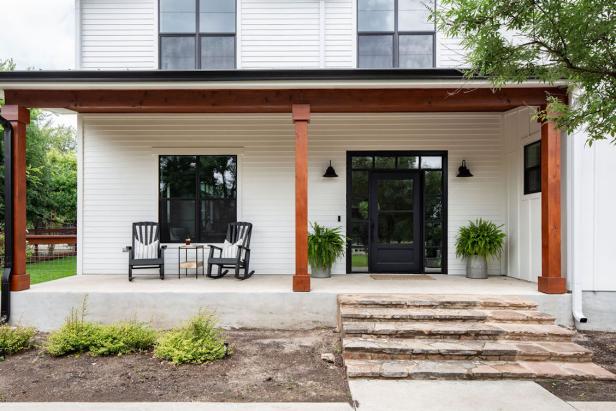
What Is Efflorescence?
Note: Efflorescence is composed of a variety of water-soluble salts. Different surfaces and different areas of the country are more likely to have particular combinations, which lead to a variety of colors.

Slide title
Write your caption hereButton
Slide title
Write your caption hereButton
Slide title
Write your caption hereButton
How Does Efflorescence Happen?
For efflorescence to occur, you need water and salt. The salt comes from a range of sources. First, it may already be present inside the brick, stone, or concrete. Or the source may be the grout or cement holding surfaces together. If the surface, such as a retaining wall, is in contact with soil, efflorescence could form. Finally, in areas with hard water, it could be present in the water itself.
The salt must be dissolved in water and transported to the surface of the masonry, stone, or concrete. The water may already be present in the surface itself. It could also come in from outside of the surface and dissolve the salts. Once this occurs, if the water can find a path to the surface and evaporate, it will leave behind crystallized deposits.
How Can You Control or Remove Efflorescence?
There are several construction techniques that can minimize the growth of efflorescence, such as controlling the amount of water used in mortar and grout, designing with eaves and copings to direct water away from surfaces, and paying attention to landscaping and irrigation. Sound construction practices will prevent water from wicking from the ground into masonry structures.
The best way to remove efflorescence depends on the surface and the composition of the salts. One method is to use a dry brush. For some salts, you can simply wash them away with a hand brush, mild detergent, and a water rinse. Power washing is another option, depending on the surface. You may want to consult with a contractor to see if there is a recommended chemical cleaning agent for your surface and get instructions on how to use it safely. For example, a weak solution of muriatic acid might be safe for some surfaces, but it could damage others.
In general, cleaning efflorescence from a surface is an ongoing solution—much like a treatment—rather than a cure. Sealing a surface might be a solution, but if water still finds its way into the surface, you could end up with cracking or spalling, which is a destructive process that should be avoided. Likewise, if you power wash or sandblast a surface incorrectly, you could increase the porousness of the masonry, letting more moisture in and compromising its integrity. Be sure you consult a professional about how to treat your efflorescence problem.



